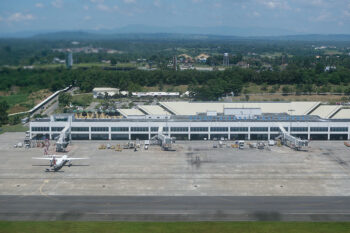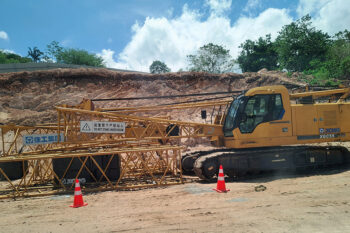"We should dedicate a whole new institute to draw up a comprehensive corn research program, build up production, improve the economic condition of farmers, and expand livelihood opportunities in the countryside," said Taliño-Mendoza, whose home province is one of the country's leading producers of maize.
"Growing demand for corn as food, feed and for industrial use is inevitable. With land becoming a limiting factor, we must now quickly raise farm productivity levels. Otherwise, we definitely risk more severe corn shortages in the years ahead," Taliño-Mendoza warned.
"We already have several public and private research institutes for rice. We need at least one comparable, high-technology research institute for corn," she added.
Local corn prices soared from P13.50 to as high as P25 per kilo earlier this year on account of tight supply. The scarcity prompted the DA to allow up to 200,000 metric tons (MT) of corn imports for delivery this month, and for use by poultry and hog growers and feed millers.
Next to rice, corn is the country's second most important crop. It is the staple food of about 20 percent of the population, and the main component of livestock and poultry feed. Over 2.5 million hectares of the country's arable land is planted to corn, which supports more than 600,000 farm households nationwide. More than 40 percent of the country's annual corn output comes from Mindanao.
Due to the rising cost of inputs and the lifting of the tariff on feed wheat imports that compete with domestic corn, local farmers grouped under the Philippine Maize Federation Inc. expect this year's production of the grain to be significantly lower than the DA's 7.8-million MT target.
Taliño-Mendoza attributed inadequate corn output on farm inefficiency. She pointed out that while experimental stations are able to yield up to eight tons per hectare, farmers in the field are able to produce only three to 4.5 tons.
Last year, the country produced 6.95 million MT of corn. This was 1.01-million MT short of the DA's original 7.96-million MT target, and only slightly higher than the 6.7 million MT output in 2007.
Taliño-Mendoza warned that corn farms are being degraded by rapid soil erosion. "Left unchecked, this will further contribute to declining productivity levels," she said.
She also said fierce global competition has increased pressure on farmers to promptly raise productivity, reduce cost per unit, and improve yield quality.
Under Taliño-Mendoza's proposal, the CRI would serve as hub of all corn research and development (R&D) initiatives by the public and private sectors.
The institute would carry out its own R&D activities, specifically in improving varieties, planting and fertilizer management, integrated pest control, farm mechanization, post-harvest engineering, farming systems, training and technology transfer, and social science and policy research. (Office of Rep. Mendoza)







